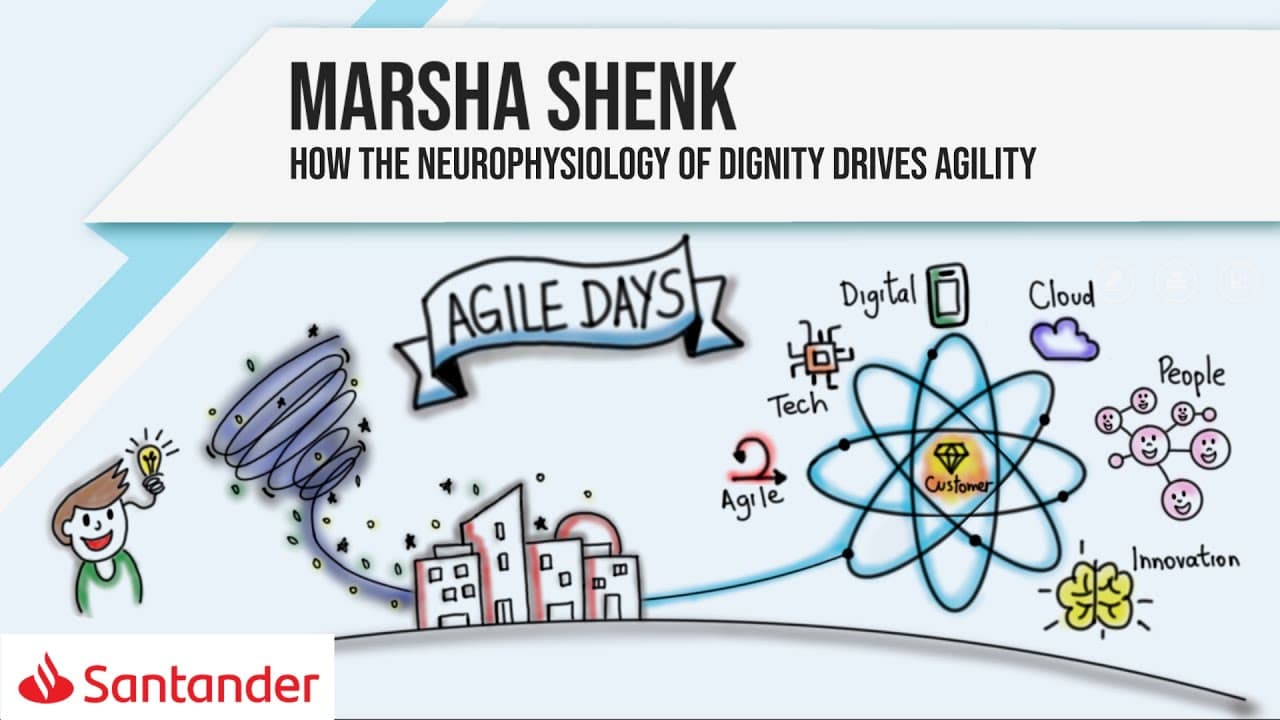We are here together because many of us have experienced something wonderful through a practice that we call agile. Today, I am going to show you some aspects of neurophysiology that impact our efforts in agile and provide a metric that you may be looking for. Let me dive right into that.
You all have decades of experience exchanging with partners in your organization. This isn’t just about your organization specifically—it’s a universal pattern. You probably have internal customers, employees, vendors, and strategic partners. We know that in an organization, like among all living things, it is the interaction between parties where value is created.
I might want to do everything myself, but I can’t. I have to work with suppliers and internal customers, among others. As a business anthropologist, I invite you to consider this: our brains evolved to keep us focused on relational spaces that we often don’t discuss or measure. However, that’s exactly what we’re going to do in the next few minutes.
Understanding Exchanging in Our Daily Lives
All of these different types of interactions are familiar to you. Your life and work are composed of exchanging with other people, and your brain stores a vast amount of information about these exchanges. Let me show you how to access that information.
Imagine it’s Sunday evening. You are preparing for your week, and you open your calendar. You glance at the next day and see, at 14:00 hours, a meeting with George. Your brain immediately reacts: "Oh boy, I get to meet with George!" or "Ugh, I better go get more coffee—I have to meet with George."
Now, I’d like you to help me by putting one word in the chat that describes how you feel when you see George on your calendar and are looking forward to that meeting. I call this a rich exchange.
(Pause for responses)
As you can see from the chat, everyone found it easy to describe this experience. This is what I call a rich exchange. You already have a lot of knowledge about what makes an exchange rich for you and what makes an exchange frustrating. And guess what? Others recognize it just as easily.
The Opposite of a Rich Exchange
Now, let’s do the opposite. How frustrating is it when someone isn’t interested in your mindset? When they resist agile, dismiss your ideas, or refuse to take responsibility?
(Pause for responses)
Everyone knows exactly what I’m talking about, right? This is interesting.
The Power of Being Welcomed
Let’s go a little deeper into your experience. I want you to remember a time when another human being extended a genuine welcome to you. Think about a moment when someone made you feel truly valued, seen, and at home.
What happened when that person made you feel welcome? What words describe that feeling?
(Pause for responses)
High energy. Grateful. Happy. Connected. We all know that when we extend welcome or receive it, it drives our vitality. As Pia Maria just explained, it also drives ingenuity, which leads to agility, which brings us back to welcoming, and so forth in a reinforcing cycle.
The truth is, you already know what makes interactions rich. You don’t need to hear it from me. You don’t need a training program to tell you what makes an exchange fulfilling—you have decades of experience in this already.
Measuring Rich Exchanging
So, here’s the big insight: there is a metric for this, and it is readily available to you. Let me show you how I use it.
This simple metric was created on March 10, 2020—the day before the pandemic was announced—at the Business Agility Conference in New York City. I was working on a real project and made a quick map of my exchanges that day.
On that day, I was speaking at the Women in Agile event, which you can see in the top right corner of my map. As a result, 50% of my exchanging that day was with Women in Agile, and therefore, far less was spent with clients, strategic partners, or my current practice community.
Next, I measured how many of those exchanges were rich. You can see that 75% of my interactions with Women in Agile were rich. In contrast, 95% of my exchanges with my current practice community were rich. Looking at the whole picture, my total score was only 54%.
Even though I created this metric, my own score showed room for improvement. This means I could do much better in generating rich exchanges. And there is a very good chance that you could also improve your rich exchanging.
How to Increase Rich Exchanging
How would you do that? You would use all of the wisdom that just poured into the chat. You know what it means to be welcomed. You know what it means to welcome others. You know what it feels like to be depleted by poor exchanges—the kind that make you want to grab another coffee, eat more cookies, or pour a glass of wine at the end of the day.
I invite you to increase your rich exchanging.
We call this Dignity Looping. The practice of tracking organizational impact, as I demonstrated, is called Ecosystem IQ.
However, you don’t need to train with us to understand this concept—because you already know all about rich exchanging.
Thank you.



